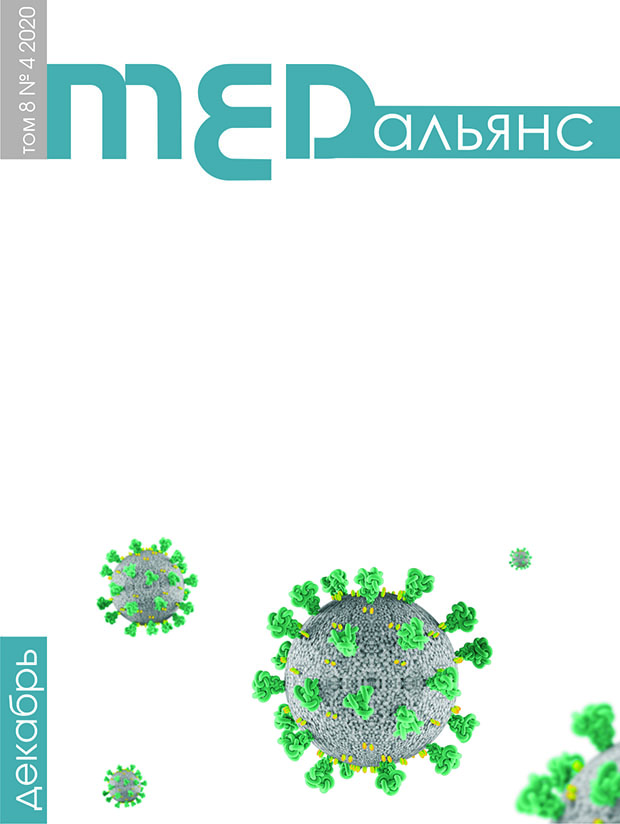Abstract
In the Russian Federation, most cases of valvular bronchial blocking are associated with the treatment of destructive pulmonary tuberculosis. Bronchial blocking is indicated when there are cavities in various forms of pulmonary tuberculosis that do not close for long (4 months or more). Bronchial blocking in these cases is meant to close cavities, and bronchopleural fistulas, eliminate bleeding and spontaneous pneumothorax, and treat pleural empyema. Radiological diagnostic techniques are key elements in the planning and control of valvular bronchial blocking. At the planning stage, indications and contraindications for valve placement are assessed, as well as anatomical features that can predict ineffectiveness of the intervention, including, as the most important ones, signs of collateral ventilation. The most informative method of radiological imaging at this stage is computed tomography, which allows a detailed assessment of changes in the lung tissue of the zone of interest, including its surrounding, bronchial tree and pleura. When monitoring treatment, depending on the clinical situation, it is possible to use both classical X-ray examination and computed tomography. The article presents the tactics of radiological imaging methods' application at the stage of selection and control of treatment for patients with destructive pulmonary tuberculosis. Various changes in the target lobe of the lungs after bronchial blocking are shown. Valvular bronchial blocking is an effective addition to the complex treatment of destructive pulmonary tuberculosis, including its complications, and contributes to the reduction of bacterial shedding. Computed tomography increases the efficiency of valvular bronchial blocking results' forecast, and also is an important monitoring technique after the valve placement.

